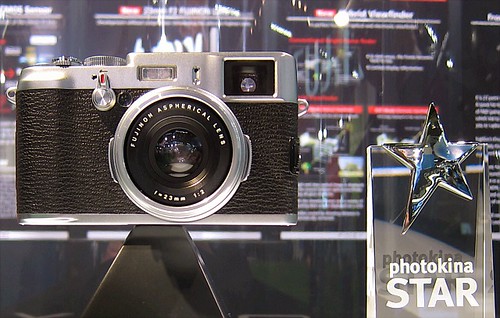Sunday is the last day of photokina here in Cologne, Germany. Tomorrow, I get on the train and head back to Munich for a few days. I will have more reporting on Oktoberfest, so keep an eye out for that.
Also, this week's podcast includes reporting on photokina featuring an interview with a German wedding photographer. You won't want to miss that. It should be live Tuesday at its normal time.
Recently in Photography
A big part of my assignment here at photokina is to create and publish short videos for Lowepro. My basic rig is the Canon EOS 5D Mark II with the EF 24-105mm f/4 L IS zoom lens and an external lapel mic. With this setup, I can record good video on the noisy, artificially lit, trade floor at photokina. Here's an example. This is a guided tour of the Lowepro Pro Roller Attache x50 narrated by Tim Grimmer.
I used an 77mm ExpoDisc to fine tune the color using the Custom White Balance setting on the 5D Mark II. With video, it really helps minimize post production by getting the sound and color right at capture. Then I can upload the content, along with the stills into Aperture for trimming and assembly.
As you can see from the illustration, this short production consists of two still photos and the HD video clip. Very simple. But often simple is good for YouTube productions, especially if they are clean.
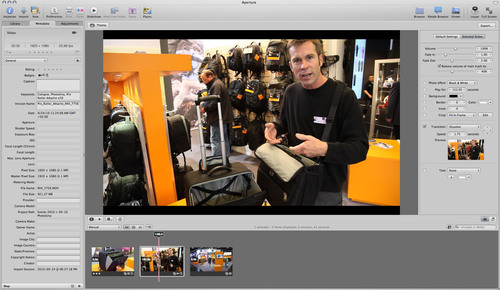 Video production in Aperture 3. Click on image for full size version.
Video production in Aperture 3. Click on image for full size version.
I then export a 720p HD version directly out of Aperture and upload to YouTube. Streamlining this workflow allows me to get the sleep I need to be strong the next day, yet produce the content quickly.
And BTW... photokina is a blast!
More Aperture Tips and Techniques
To learn more about Aperture 3, check out my Aperture 3 Essential Training on Lynda.com. Also, take a look at our Aperture 3 Learning Center. Tons of free content about how to get the most out of Aperture.
Awarded a photokina STAR award, the FinePix X100 reminds me of the finely machined cameras of the 1970s. The top level dials are all metal, the body is constructed of magnesium alloy, and the trim is leather. The camera features an APS-C CMOS sensor, 23mm (35mm equiv) f/2 Fujinon lens, and the hybrid viewfinder can switch from optical to EVF mode. Very innovative.
Fuji reps said we should see the camera in the Spring of 2011, probably for a hair less than 1000 Euros. It's a beauty.
Overall quality of product and displays has been top notch at photokina 2010. But these five items were my standouts for today. You'll notice that no prices are listed here. For some of the items, not all, if you have to ask, you probably can't afford... unfortunately that includes me too.
You can click on any of the images to view a larger version. All shots were captured with my Canon S90.
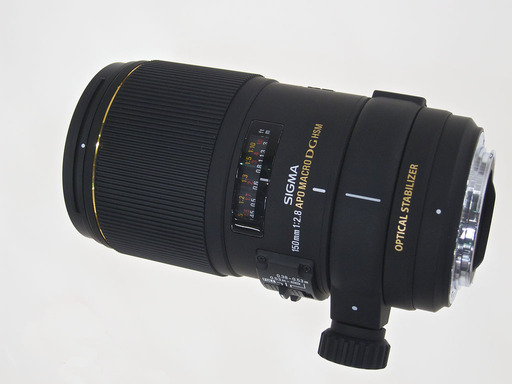 Sigma 150mm f/2.8 APO Macro DG HSM prime lens. This is a beautiful lens for portraits and close up work. It focused smoothly, felt great, and has image stabilization.
Sigma 150mm f/2.8 APO Macro DG HSM prime lens. This is a beautiful lens for portraits and close up work. It focused smoothly, felt great, and has image stabilization.
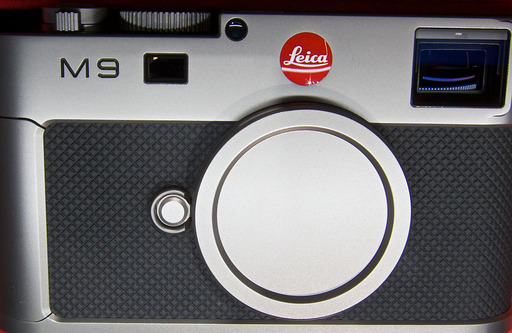 Normally I like black camera bodies. But this Leica M9 Titanium looks amazing. I think this is equipment artwork.
Normally I like black camera bodies. But this Leica M9 Titanium looks amazing. I think this is equipment artwork.
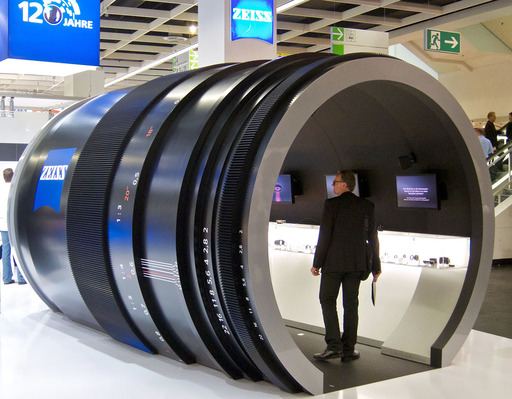 This giant Zeiss Lens barrel was one of the most clever displays I saw today. Inside was a mini museum. I thought it added fun touch to Hall 2.1, which was already one of my favorite locations.
This giant Zeiss Lens barrel was one of the most clever displays I saw today. Inside was a mini museum. I thought it added fun touch to Hall 2.1, which was already one of my favorite locations.
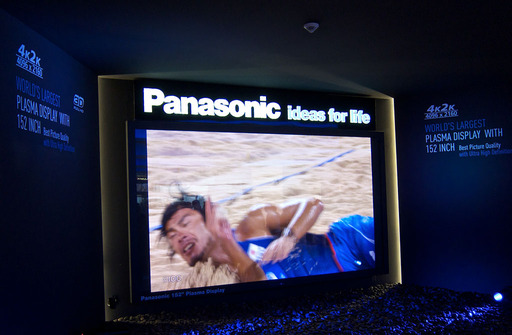 Panasonic 152 inch Plasma Display with HDTV and 3D. It was gigantic and crystal clear. If you watched 3D programming with the special glasses, it was better than your average movie theater.
Panasonic 152 inch Plasma Display with HDTV and 3D. It was gigantic and crystal clear. If you watched 3D programming with the special glasses, it was better than your average movie theater.
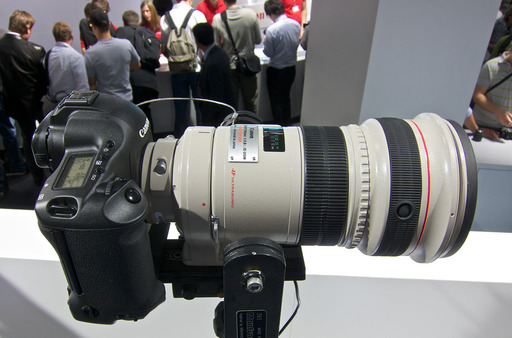 The Canon EF 300mm f/2.8L IS
The Canon EF 300mm f/2.8L IS zoom is the telephoto I want. It's fast, hefty but not too big, and very sharp.
It's easy to get caught up with the "big shots": grand architecture and beautiful landscapes. But don't forget to mix in the little things too -- items such as the dinner presentation, interesting signs, and in this case, a style of beer service that I had never seen before.
I really like the straight cylinder glasses that beer is often served in here in Cologne, Germany. So when I spotted this waitperson navigating a crowd with 11 full glasses, I just had to ask for a shot (and then a beer, of course!). Maybe it was the intoxicating goodness of the delicious brew, but this turned out to be one of my favorite images of the night.
There's a lot of emphasis on equipment leading up to photokina in Cologne. And for good reason; many new announcements are made here. But what really impressed me after day one was the passion for photography that I witnessed.
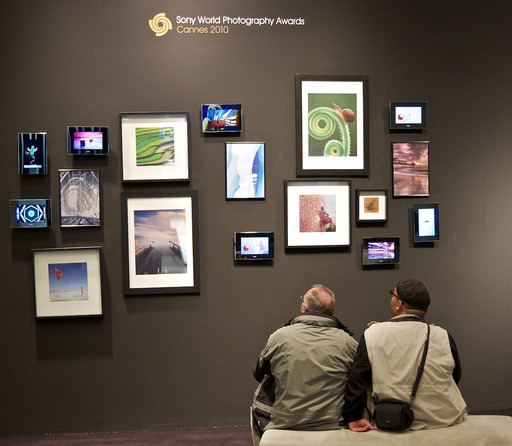 Photo by Derrick Story. Click on image for larger version.
Photo by Derrick Story. Click on image for larger version.
People here just love this medium. It's both the picture and the camera. The tools and the art. Many of my discussions were framed by the desire to create better imagery. That doesn't mean we don't appreciate a finely designed camera. It's just that the conversation doesn't stop there.
I will certainly be talking about some of the new equipment that catches my eye. But first, I want to acknowledge the aesthetic eye, and that the goal is still to create photos that stir the emotions.
Munich, Germany -- They call them "beer tents." But they are actually huge structures that hold thousands of beer drinking customers. In the center is an elevated bandstand that fuels the party, sometimes to a fevered pitch.
 View in the HB tent from the elevated bandstand during Oktoberfest. Click on image for larger version.
View in the HB tent from the elevated bandstand during Oktoberfest. Click on image for larger version.
I was already in a daze when I arrived on Sunday evening. Having left San Francisco early Saturday morning and flown to Munich by way of Philadelphia, I hadn't slept for over 24 hours as I wandered into the HB beer tent. I had never seen so many people drinking at once. Ever.
My friend, Oliver, who lives and works in Munich, knew the manager. When we said hello, he asked if I wanted a better view. "Of course!" I said. He then led us though locked doors to stairs that took us up to the bandstand. There we were. On top of the world looking down at thousands or party-goers, immersed in the band and Oktoberfest itself.
I knew my time there would be short. I began shooting with the Canon PowerShot S90 I had in my pocket. I remembered to record a string of frames that I hoped I could stitch together for a panorama. Here's the result. A view of Oktoberfest that very few ever see. Minutes later I was waved off the bandstand by the conductor. He had had enough of me. But I had my shots, and one heck of a view that I will never forget.
When you move the flash off the camera, it's easy to create natural-looking outdoor portraits. I like this technique because it lets me use the sun for rim lighting while I get to control the illumination of the face with my strobe.
In this example, I used a Canon Speedlite 580EX on a light stand triggered by a Canon STE2 Speedlite Transmitter
that was mounted in the hotshoe of a Canon EOS 5D Mark II
with a 70-200mm f/2.8 L zoom. I dialed the flash exposure back to -1.5 and the ambient exposure to -1.
Senior portrait shot on location using only the sun and a single off-camera flash for lighting. Click on image for larger version. Photo by Derrick Story.
I didn't use any diffusers on the flash itself, although I do angle it slightly upward and pull up the bounce flash card to slightly modify the light. I kept the 5D Mark II on a tripod so I could interact easily with my subject. The great thing about this set up is that I can work the shoot by myself without requiring assistants to hold reflectors, etc.
If you want to learn more about getting pro results from a single flash, be sure to check out my Off Camera Flash title on Lynda.com. I show you all sorts of helpful lighting techniques that are especially good for portraits.
More Off Camera Flash Tutorials
Off Camera Flash - Basic Techniques for Pro Results
Light Modifiers for Off Camera Flash
Off Camera Flash - The Single Light Portrait
"More Off Camera Flash" - Digital Photography Podcast 233
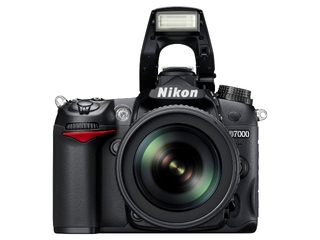
The Nikon D7000 is a camera that should have appeal to freelancers, photo journalists, and budding professionals. It combines durability ("protected by magnesium alloy top and rear covers and has durable sealing against dust and moisture") with 16.2 MPs and full HD video. Other goodies that I like include dual SD card slots, 6 fps burst mode, and an external microphone jack. And the best part is, all of these features are reasonably priced at $1,499 US.
If you're a Nikon shooter and ready to move up to a more robust DSLR body, take a look at the dpreview preview and the Chase Jarvis road test. I think Nikon found a sweet spot with the D7000.
Score one for Nikon. In a week where the two heavy hitters announced their premium compact cameras -- Nikon Coolpix P7000and the Canon PowerShot G12 -- Nikon upped Canon in one critical area: audio recording.
How ironic, right? These are cameras. They capture pictures. Yes, but they also record HD video (720p at 24 fps). And for many of us, having a device that doubles as a video recorder is a big deal. And everyone knows, except for Canon, maybe, that audio is half of video. So what am I talking about? Nikon included an external audio jack on the P7000 and Canon did not on the G12. If you want to use these devices to record video for publishing, one of them is going to give you a more professional product (Nikon P7000).
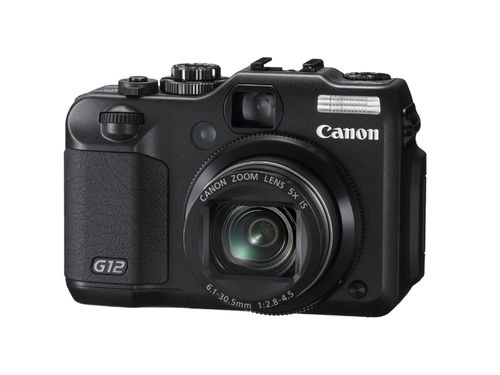
That doesn't mean that Canon slacked on the G12. The specs look great. But without external audio, I might as well stick with the Canon PowerShot S95 and save myself a few bucks, not to mention size and weight. I'll keep recording video with the 5D Mark II... for now, anyway.

